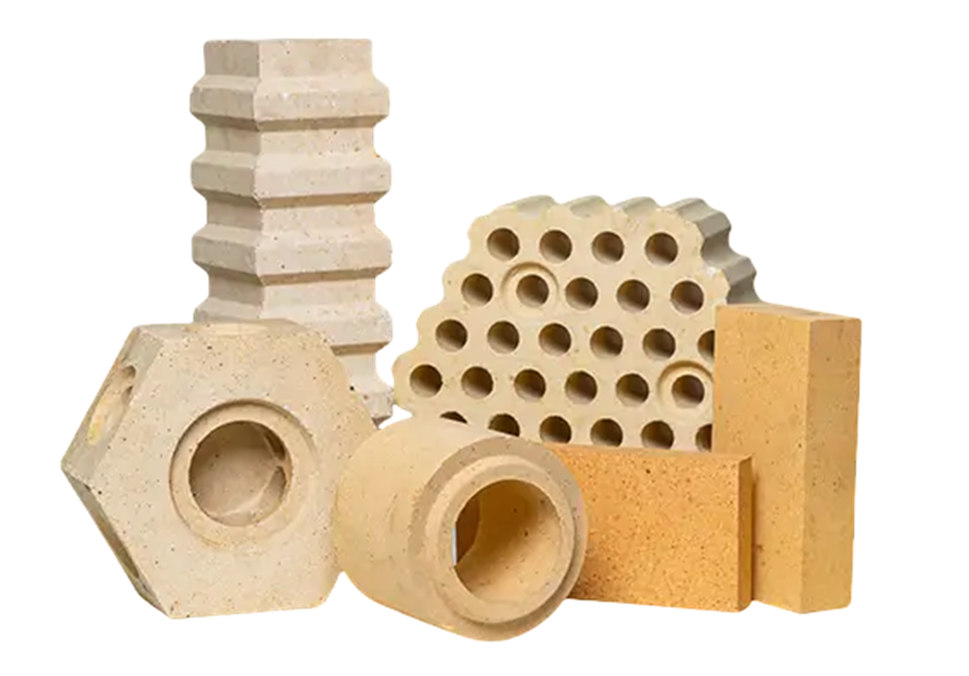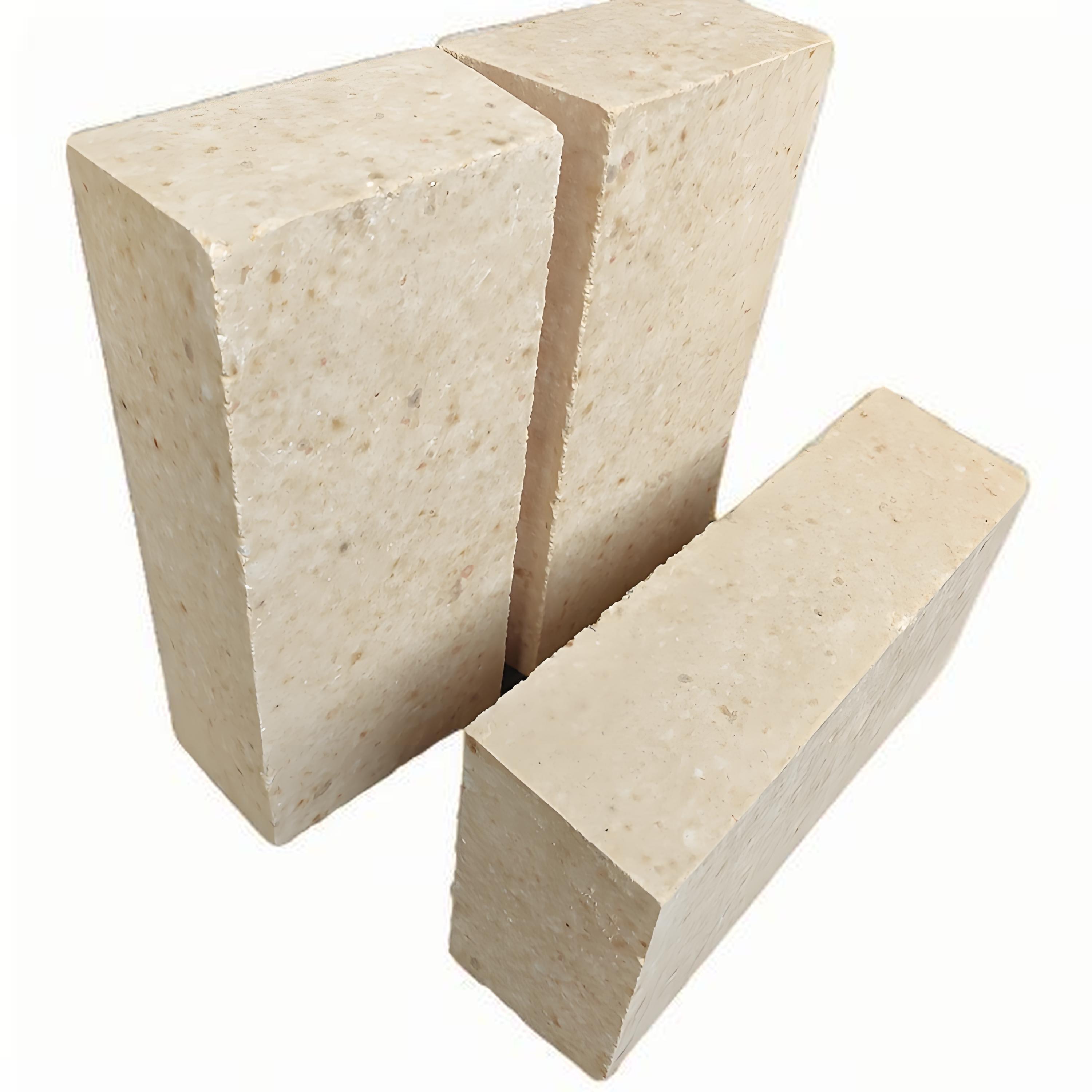
Navigating the extreme heat of industrial furnaces, enterprises often grapple with soaring energy costs and the frequent replacement of insulation materials due to premature wear. Choosing the right refractory insulating bricks is crucial to not only withstand temperatures between 1770°C and 2000°C but also to deliver long-lasting thermal insulation that drives operational efficiency. This guide elucidates the key indicators for selecting high refractoriness insulating bricks, with a focus on the widely trusted mullite-based (Al6Si2O13) insulating bricks known for their outstanding properties.
When evaluating industrial furnace insulating bricks, understanding the technical metrics is essential. The hallmark features that define the quality and suitability include:
1. Refractoriness (1770°C - 2000°C): This indicates the brick's capacity to sustain extremely high temperatures without deformation or chemical alteration. Mullite insulating bricks reliably endure up to 2000°C, catering to the toughest industrial conditions such as metallurgy and ceramics processing.
2. Apparent Porosity (≤ 0.5%): A lower apparent porosity means fewer open pores, resulting in reduced heat transfer and better insulation performance. Mullite bricks with sub-0.5% porosity significantly enhance thermal resistance, cutting back on heat loss compared to traditional insulation materials with 10-15% porosity.
3. Density & Thermal Conductivity: These factors directly impact the brick's weight and insulation capability. Mullite bricks benefit from a lightweight design, typically within 1.5-2.2 g/cm³ density, paired with a low thermal conductivity of 0.2 to 0.3 W/m·K at operational temperatures, optimizing energy efficiency while facilitating easier handling during installation.
Real-world application data corroborate the energy-saving claims. In metal smelting industries, employing mullite insulating bricks has shown to lower fuel consumption by up to 10%, primarily through superior heat retention and minimized thermal bridging. Their mechanical strength coupled with chemical stability under cyclic heating conditions ensures lifespan extensions—often double that of traditional insulation—leading to reduced operational interruptions and maintenance costs.

Beyond thermal performance, mullite insulating bricks stand out due to their lightweight, typically 30-40% lighter than conventional dense refractory bricks. This design facilitates:
In comparison, traditional dense bricks often cause prolonged installation windows and stress on supporting structures, inflating total cost of ownership despite lower upfront prices.

Selecting a credible supplier is as vital as the material properties themselves. The leading providers of mullite insulating bricks have garnered:
For example, Rongsheng Refractory has successfully facilitated thermal insulation upgrades for over 2000 clients globally, spanning industries such as metallurgy, glassmaking, and advanced ceramics manufacturing. Their technical teams provide actionable insights and on-site services to maximize furnace efficiency and lifespan.

| Feature | Mullite Insulating Bricks | Traditional Dense Bricks |
|---|---|---|
| Refractoriness | Up to 2000°C | Approx. 1700–1800°C |
| Apparent Porosity | ≤ 0.5% | 10%–15% |
| Thermal Conductivity (W/m·K) | 0.2 – 0.3 | 0.5 – 0.7 |
| Weight | 30–40% lighter | Heavier, more cumbersome |
| Installation Ease | Highly flexible, faster | Slower, requires heavy handling |
| Lifecycle Cost | Lower due to durability & energy savings | Higher due to frequent replacements |
The cost-benefit analysis clearly favors mullite insulating bricks as the ideal choice for industries aiming to lower energy consumption and reduce furnace downtime through enhanced refractory performance.
Ready to optimize your furnace insulation with proven, energy-saving mullite bricks? Discover custom solutions from Rongsheng Refractory now!











